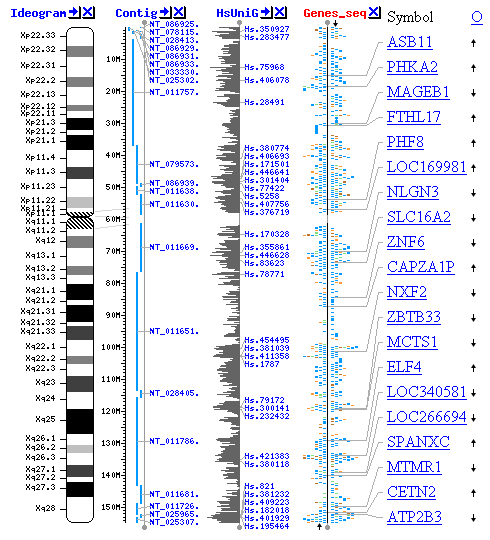Introduction to Python for Biologists.
- Why Python for Biology?
- Biological Data Types and Python
- Sequence Analysis - Part 1
- Sequence Analysis - Part 2
- Image Analysis - Part 1
- Image Analysis - Part 2
- Database Management and Python
- Statistical Analysis in Python
- Bioinformatics and Python
- Data Visualization in Python
- Machine Learning for Biology with Python
- Project Planning and Design
- Implementing a Biological Project with Python
Biological Data Types and Python
Processing Biological Data with Python

Computational analysis of large, complex sets of biological data.
Biological data is complex and diverse, ranging from genomic sequences to phenotypic traits. Processing this data efficiently and accurately is crucial for biological research and applications. Python, with its powerful libraries and tools, is an excellent language for handling such data. This article will introduce you to some of the key Python libraries used in biological data processing and guide you through the process of reading, writing, and preprocessing biological data.
Python Libraries for Biological Data Processing
Python offers a wide range of libraries that are specifically designed for handling biological data. Here are a few of the most commonly used ones:
-
Biopython: This is a set of tools for biological computation. It provides the ability to parse bioinformatics files into Python utilizable data structures, including support for the popular FASTA file format for storing biological sequences.
-
Pandas: This library is used for data manipulation and analysis. It is particularly useful for handling large datasets and supports a variety of data formats.
-
NumPy: This library is used for numerical computation in Python. It provides support for arrays, matrices, and high-level mathematical functions.
-
SciPy: This library builds on NumPy and provides additional functionality, including statistical functions and algorithms for optimization, integration, and interpolation.
Reading and Writing Biological Data with Python
Python's flexibility and simplicity make it an excellent tool for reading and writing biological data. Here's how you can do it:
-
Reading Data: Python can read a variety of file formats used in biology. For instance, to read a FASTA file, you can use the
SeqIOmodule in Biopython. Similarly, to read a CSV file, you can use theread_csvfunction in Pandas. -
Writing Data: Writing data to a file is just as easy. For instance, to write a sequence to a FASTA file, you can use the
SeqIO.writefunction in Biopython. To write a DataFrame to a CSV file, you can use theto_csvfunction in Pandas.
Data Cleaning and Preprocessing
Before you can analyze biological data, you often need to clean and preprocess it. Here are some common steps:
-
Handling Missing Data: Biological datasets often have missing values. You can handle these by either removing the rows or columns with missing values or by filling in the missing values with a specified value or a computed value.
-
Removing Outliers: Outliers can skew your analysis. You can identify outliers using various statistical methods and then decide whether to remove them.
-
Normalizing Data: When your dataset has features on different scales, you might need to normalize your data so that all features have a similar scale. This is particularly important for certain machine learning algorithms.
In conclusion, Python provides a powerful and flexible toolkit for processing biological data. By understanding how to use Python libraries and how to read, write, and preprocess data, you can unlock the potential of Python for your biological research or applications.